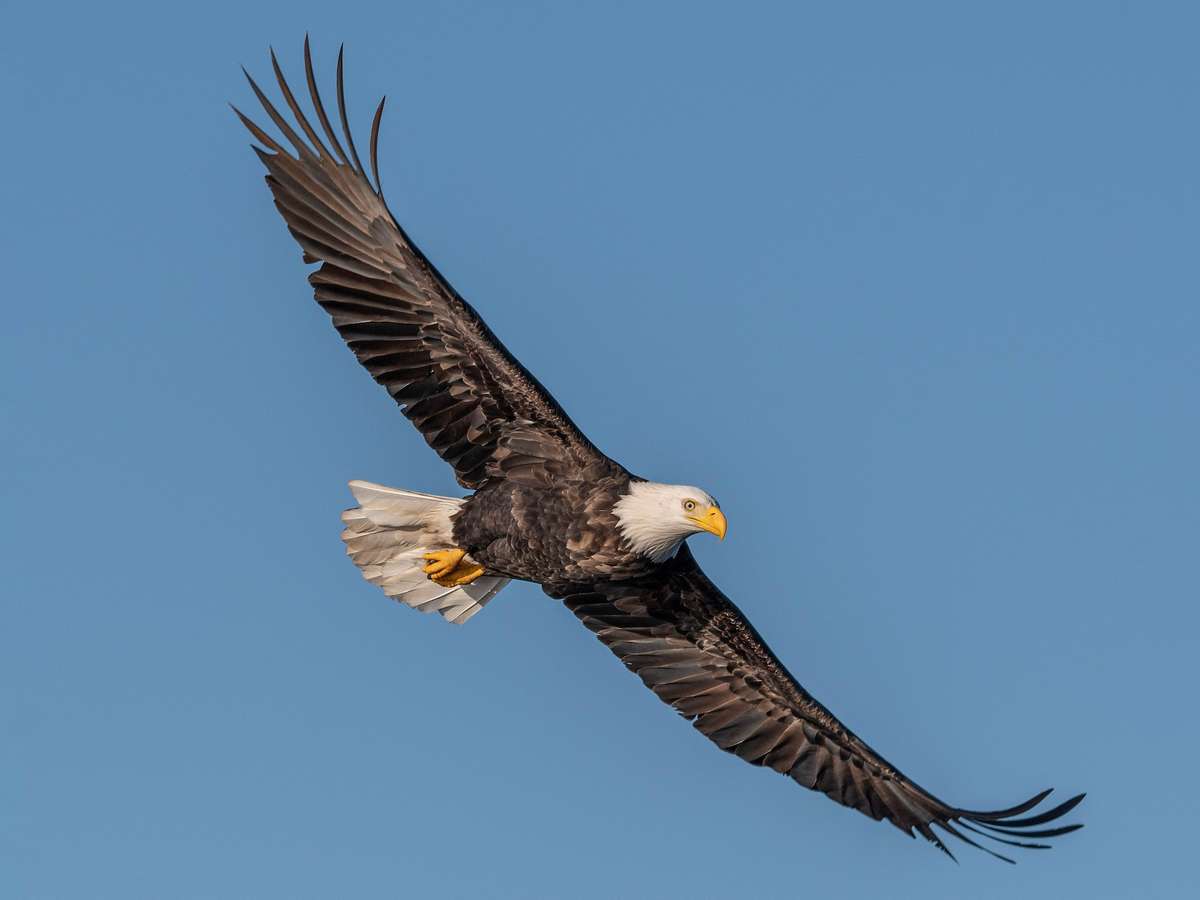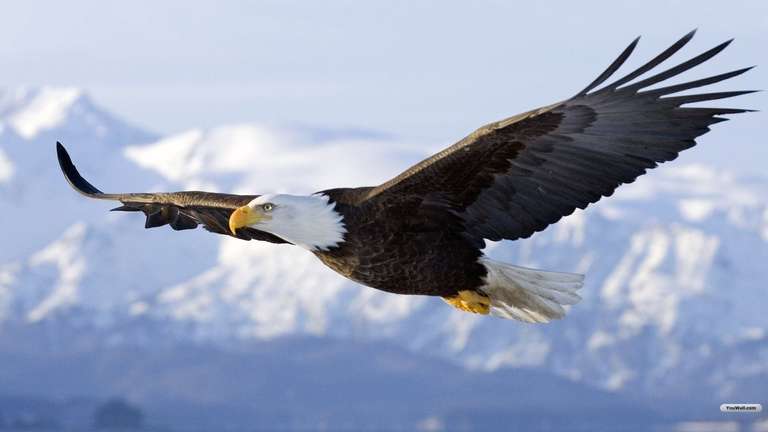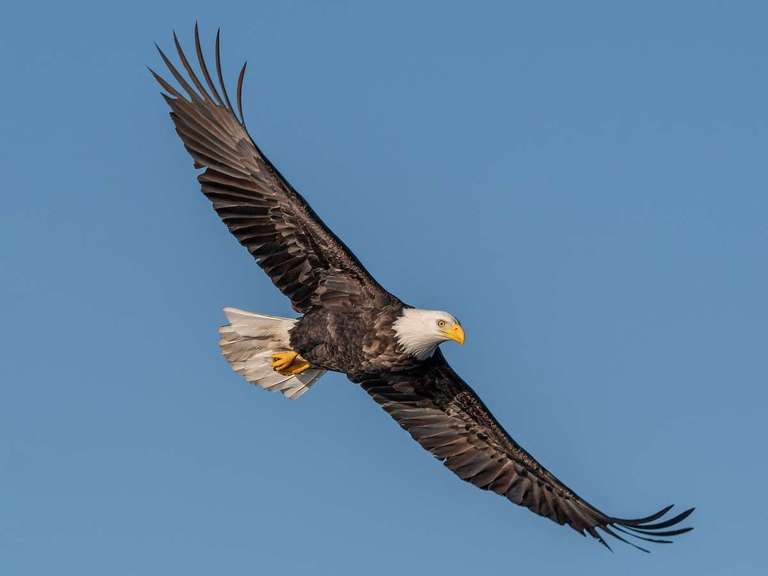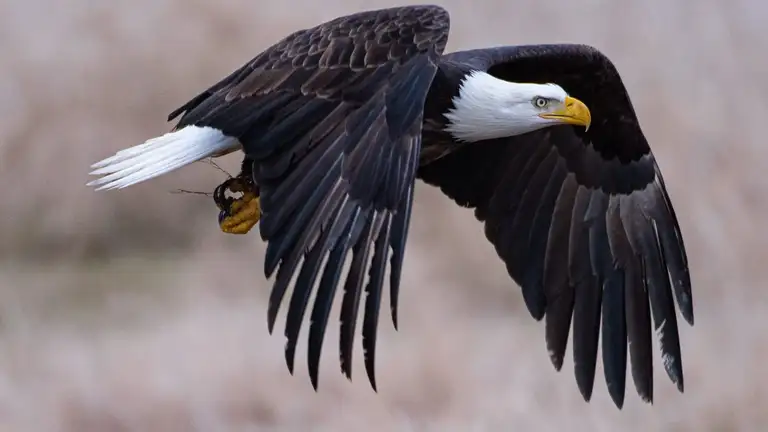The Eagle Summary

Alfred Lord Tennyson (1809 – 1892)
Alfred Tennyson was born on 6th of August, 1809, at Somersby, Lincolnshire, in England. He was the fourth of twelve children of George and Elizabeth (Fytche) Tennyson. Tennyson is one of most outstanding of the Victorian poets.
In 1827 Tennyson went to Trinity College, Cambridge, and there they had published Poems of Tennyson and his brother in 1827. Both the brothers won university prizes for poetry (Alfred winning the Chancellor's Gold Medal in 1828 for ÒTimbuctooÓ) the Tennyson brothers became well known at Cambridge.
He is noted specially for using rhythm and rhyme in his poetry. He has written historical poems such as “Morte d’ Arthur”, related to the legend of King Arthur.
He had a lifelong fear of mental illness because several men in his family had a mild form of epilepsy, which was then thought a shameful disease. His father and brother Arthur made their cases worse by excessive drinking. His brother Edward had to be confined in a mental institution after 1833, and he himself spent a few weeks under doctors' care in 1843.
At the year of 1842 his poems made Tennyson a popular poet, and in 1845 he received a government pension of £200 a year and it helped him to overcome financial difficulties.
In 1850 Tennyson was appointed by Queen Victoria as the Poet Laureate or the Royal poet.
Later, Tennyson suffered from extreme short-sightedness and without a monocle he could not even see to eat. It gave
him considerable difficulty in writing and reading. This great poet Tennyson died on October 6, 1892, at the age of 83.
The Poem
The Eagle - by Alfred Lord Tennyson
He clasps the crag with crooked hands;
Close to the sun in lonely lands,
Ring'd with the azure world, he stands.
The wrinkled sea beneath him crawls;
He watches from his mountain walls,
And like a thunderbolt he falls.
Glossary
Clasps - grasp or hold tightly with hands
Crag - mountain/ rock face
Crooked - curved/ bent
Azure - bright blue color (color of the bright blue sky) covered with lines, having lines
Wrinkled - covered with lines, having lines
Crawls - creeps
Thunderbolt - crash of thunder / A flash of lightning with a simultaneous crash of thunder.
Some useful points to work on the poem.
The eagle is a rare kind of bird and cannot be sighted easily. Eagle is a bird of prey. The poet talks about a regal eagle in this poem. This poem is one of the shortest poems of Alfred Lord Tennyson which has only two stanzas with three lines each. The first three stanzas create the picture of a motionless eagle.
The poet focuses on an eagle that lives alone in a top of a mountain. He is high up in the air so that no any other animal or human can reach him. He is close to the sun.
The phrases “close to the sun”, “the wrinkled sea beneath him crawls”; “he watches from his mountain walls”, effectively suggest that he is high up in the air where nobody can reach. “He clasps the crag with crooked hands” suggests that he is holding on with his hands just as a human.
In a way, the eagle symbolizes men who have power and authority. “in lonely lands” can suggest the eagle’s lonely life as he lives high up in the air, which ultimately suggests the isolation and lonely lives of famous, powerful people. The eagle seems to be proud to be in the top of all which gives him the controlling power.
The second stanza shows the action of the eagle. The first and second lines further emphasize the idea that the eagle watches from the top, his high throne, even the sea is below him. The final line suggests that the eagle makes a grand plunge towards the sea. That action of the Eagle suggests the sudden, abrupt action over his prey, which again symbolizes the exercising of power by the powerful over the powerless. Thus, the eagle is portrayed as a symbol of power.
Tennyson's The Eagle shows an emphasis on appreciating nature. It is a nature poem praising the eagle’s beauty and power. Further, it has a deeper meaning. The poet suggests the destructive nature of the eagle too. Moreover, though it is a very short poem, it is full of figurative language.
Literary Techniques.
• Alliteration (a repetition of similar sounds in the beginning of words)
clasps, crag, crooked.
Lonely land
This technique has used to emphasize the appearance and position of the eagle. Similarly, it creates the fierceness of the eagle by suggesting the way he grasps onto the mountain cliff. Further, the alliteration creates a specific melody.
• Hyperbole (extreme exaggeration)
“close to the sun”
This device emphasizes this eagle is not a simple one. The poet highlights his majestic, royal nature.
• Personification (give human traits to inhuman objects.)
"He clasps the crag with crooked hands"
........ he stands
This personification gives the idea that the eagle seems much more important than just an ordinary, simple bird.
• Rhyming words -
1st stanza - “hands, lands, stands”
2nd stanza -“Crawls,walls,falls”
• Imagery (words that appeal to the five senses)
Visual images - The word azure literally means bright blue. The poet creates visual image of this eagle, sitting on a top of a mountain, high above all and the bright blue sky is around him and the sun is blazing. Tennyson is able to create a very impressive, colorful visual image in the readers’ mind.
Auditory images –
“Like a thunderbolt he fall”
The word “Thunderbolt” creates an auditory image.
Metaphor
“The Wrinkled sea"
This metaphor suggests the waves in the ocean.
Simile
“like a thunderbolt he falls”
This simile suggests the sudden, quick action of the eagle or the way he dives probably on a prey.
• Allusion
Some critics say that the "mountain walls" may echo the myth of Prometheus, the hero who rebelled against the gods and for his punishment was chained to mountain walls.


